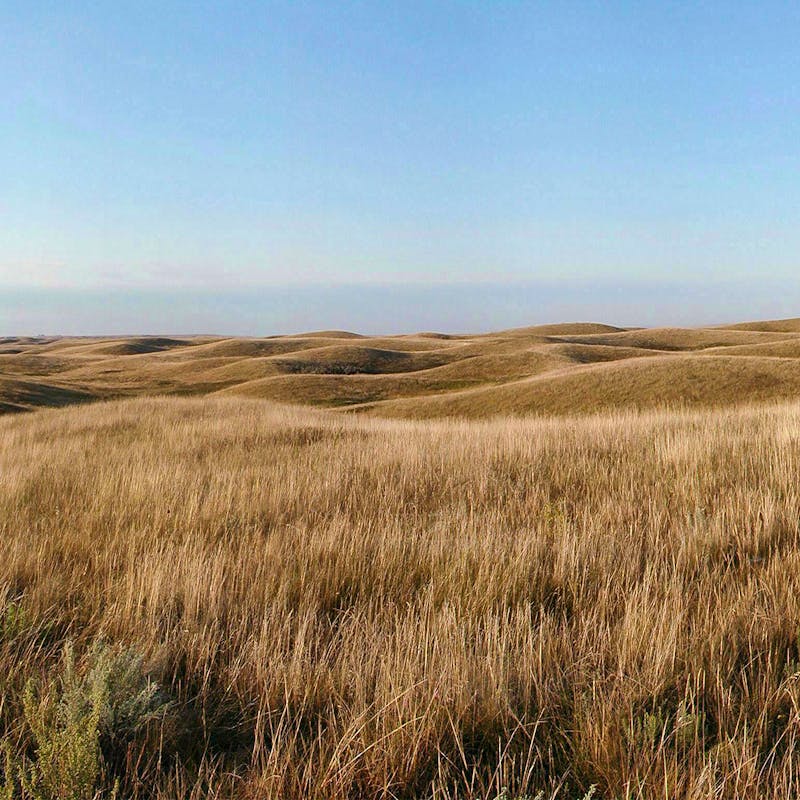Tweet“Today marks an important step in our collective goal to restore the American bison as an integral part of the Great Plains ecosystem. By diverting genetically unique Yellowstone bison from slaughter to restoration sites, we are ensuring the long overdue recovery of our national mammal. And it is particularly fitting that these bison be restored to the cultural and natural legacy of the Fort Peck Assiniboine and Sioux Tribes.”
Today, 55 bison were transferred from Yellowstone National Park to the Fort Peck Assiniboine and Sioux Tribes, marking the first major relocation by the park under a new program that diverts disease-free Yellowstone bison from slaughter to tribal-led restoration efforts. The change is the result of a partnership between Yellowstone National Park, the Fort Peck Assiniboine and Sioux Tribes, Office of Governor Steve Bullock, InterTribal Buffalo Council, and conservation groups, including Defenders of Wildlife, World Wildlife Fund and National Wildlife Federation.
“The buffalo are connected to our ancestors,” said Robbie Magnan, Bison Manager for the Fort Peck Tribes. “They have been with Native Americans since the beginning. It's great to continue this reunion and bring them home."
Following their relocation to the Tribes’ $500,000 facility, the bison will be tested for brucellosis—a disease found in some bison and elk in the Yellowstone area—and observed over the next year. After a final disease test, the bison will be integrated into Fort Peck’s existing cultural herd and made available for translocation to other tribal or public herds, aiding the continuing restoration of the species. Previously, due to Yellowstone’s bison population limit, these bison—whether brucellosis positive or negative—were indiscriminately sent to slaughter.
“Today’s transfer marks a significant milestone in our shared efforts to meet the conservation, cultural and nutritional goals of the Ft. Peck Assiniboine and Sioux Tribes,” said Governor Bullock (D-MT). “The State of Montana wishes to express our congratulations and appreciation to Chairman Azure and the Ft. Peck Tribal Executive Board for their leadership and accomplishments. We look forward to continued and sustained progress under the quarantine program moving forward.”
The Fort Peck facility’s primary mission is to ensure that the bison are not carrying brucellosis, a bacterial infection that can cause cows and other animals to abort their fetuses. The disease is transmissible to humans as undulant fever. Although there has never been a documented case of bison transmitting brucellosis to cattle, bison must be quarantined before they can be restored to lands and managed as wildlife outside of the Greater Yellowstone Ecosystem, where the disease is contained.
“Today marks an important step in our collective goal to restore the American bison as an integral part of the Great Plains ecosystem,” said Chamois Andersen, Senior Representative with Defenders of Wildlife. “By diverting genetically unique Yellowstone bison from slaughter to restoration sites, we are ensuring the long overdue recovery of our national mammal. And it is particularly fitting that these bison be restored to the cultural and natural legacy of the Fort Peck Assiniboine and Sioux Tribes.”
Magnan says Yellowstone Superintendent Cameron Sholly and former Yellowstone Superintendent Dan Wenk will both be honored with traditional star quilts, representing honor and generosity for their efforts to help Fort Peck bring back their buffalo.
Fort Peck’s bison program will continue to expand in the coming years, thanks in large part to the partnership. In January 2020, 33 female bison are expected to be translocated from the USDA/APHIS facility near Yellowstone National Park to Fort Peck and like the bulls will ultimately also be restored to other tribal or public conservation herds.
The bison being sent to Fort Peck are direct descendants of the last bison saved from the slaughter of the 19th century. While the species once boasted a population of more than 30 million across North America, only about 1,000 remained by 1900, most in captivity. Though saved from extinction and numbering 500,000 today, almost all bison are managed as livestock and contain cattle genetics. Conservation initiatives such as today’s relocation of wild Yellowstone bison are essential for restoring the species as wildlife in select locations.
Background
- Many Yellowstone bison are shipped to slaughter outside the park’s boundaries after roundups by Yellowstone officials. In addition to bison that test positive for brucellosis, animals that test negative for the disease can also be sent to slaughter in order to maintain Yellowstone’s bison population objective, as determined by the Interagency Bison Management Plan.
- Quarantine is the best option for translocating animals that test negative out of Yellowstone so that they can be used for restoration of the species.
- The 55 bison transferred from Yellowstone to Fort Peck have nearly completed the disease quarantine program for brucellosis, a requirement under the U.S. Department of Agriculture Animal and Plant Health Inspection Service (USDA/APHIS), and as a result will be diverted from slaughter to be used for conservation.
- The Fort Peck Assiniboine and Sioux Tribes are leaders in buffalo restoration and continue the expansion of their buffalo program, recently purchasing an additional 1,700 acres of adjacent land to add to the buffalo herd reserve. With these newly added acres, nearly 19,000 acres are now dedicated bison habitat with a capacity for 375 buffalo.
These images are available for use: Bison Roam at Fort Peck and Yellowstone Bison Arrives at Fort Peck.
Media Contacts:
Jake Bleich, Defenders of Wildlife, 202-772-3208, jbleich@defenders.org
Cait Shaughnessy, National Wildlife Federation, 303-441-5167, ShaughnessyC@nwf.org
Dennis Jorgensen, World Wildlife Fund, 406-600-5634, Dennis.Jorgensen@WWFUS.org
For over 75 years, Defenders of Wildlife has remained dedicated to protecting all native animals and plants in their natural communities. With a nationwide network of nearly 2.1 million members and supporters, Defenders of Wildlife is a leading advocate for innovative solutions to safeguard our wildlife for generations to come. To learn more, please visit https://defenders.org/newsroom or follow us on X @Defenders.
Media Contact
News

Hundreds of Thousands of Americans Oppose Trump Administration Effort to Roll Back Protections for Imperiled Animals and Plant Species


